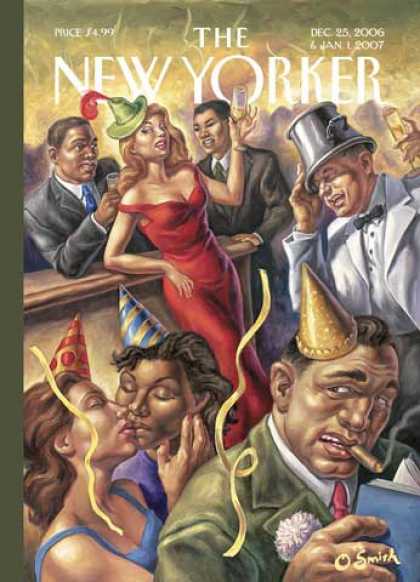
I bought Barry Eisler’s A Clean Kill in Tokyo on a whim when it was recently on sale at Audible as part of the “Series Saleâ€, where they put on sale the first two or three books that part of a series. (Not a bad idea to hook people into eventually buying or using their credits on the remaining books.) I had never heard of Eisler, and at the risk of exposing my innate snobbery, I would normally never give these books the time of day, but the Tokyo setting and the “half-Japanese, half-American†protagonist had me intrigued. I was also not sufficiently put off by the quality of the narration afforded me by Audible’s sample, and seeing as they were priced at around $6 each, ended up buying the first three books in the series.
Eisler turned out to be more than competent in reading his own work, playing up the hard-boiled nature of his prose to good effect. I do admit to Googling Eisler before I hit the “Buy†button, and reading the phrase “…worked in Japan for Matsushita†on his Wikipedia page was enough to give me hope he wouldn’t be making some cringe-worthy pronunciation mistakes or “Japan is so weirdâ€-ing Japan.
I instantly found the book a very likable experience. The book is written in the first person, and the main character (assassin for hire John Rain) is sufficiently jaded and heartless for my liking, wracked by demons caused by his upbringing — being bullied as a kid out of his element in small-town America after his father was killed when he was a child — or the Vietnam War, where he did appropriately nasty covert shit. (According to Eisler’s bio, he spent three years with the CIA training in covert activities before after university.) Yet he also has his assassin’s code (no hits on women or children, for example), loves jazz, and lets himself get involved with the daughter of one of his targets whose assassination on the Yamanote Line opens the novel.
The book’s narration is suffused with Rain’s inner thoughts and a running commentary on anything and everything seemingly. It feels a bit like Holden in A Catcher in the Rye, or Max Payne in the Rockstar video game series. The scene where he’s angling to accidentally run into jazz pianist Midori so that she doesn’t become wise to the fact that he’s been following her all this time, and their subsequent conversation, is one that particularly stands out.
The book also goes fairly deep into the arcane politics of post-war LDP-dominated Japan, the rampant corruption and back-room dealing, and the intertwining of industry, mainly construction, the government, and the yakuza. While I understand the rough outlines of all that to know that Eisler knows of what he writes, a lot of it is so convoluted that it was hard to follow (the audiobook format is a bit to blame here I think). Eisler also delves far more into the shadier parts of American and CIA involvement in Vietnam that I would have expected, and having read my fair share of Vietnam War histories, this too felt spot on.
The book is so well grounded in this political and historical milieu that it makes you start to wonder if what ought to be just plot points so the book stays in genre — that is, assassinations of government ministers meant to look like natural deaths, or the murdering of American print journalists so they can’t reveal any of the corruption (which of course the Japanese press wouldn’t touch) — could actually be going on in today’s Tokyo. (On his website Eisler points to a New York Times story about devices that attack a target’s pacemaker so that the death looks natural. Yikes!)
Eisler ends the book with an audiobook-exclusive “author’s note†of sorts, and it’s delightful and not something I’ve ever heard before. He acknowledges that in two instances he took license with the location of a place, and directs us to his website for more ephemera about Tokyo and his books. His site is one of the better author sites I’ve seen, I have to say, with extras like “John Rain’s Top Ten Jazz Albums You Might Not Have Heard Of†and “Personal Safety Tips from Assassin John Rainâ€, as well as photos of Eisler from his Tokyo days. He also has a very in-depth page of errata which warms my heart for some unexplained reason.
Highly recommended. I’m looking forward to starting the next John Rain book in the series soon.

 Yesterday at Book Off I somewhat fortuitously — for I hadn’t even noticed the “foreign books” shelves until I was in the checkout line — picked up for 100 yen an old (2 years ago) edition of The New Yorker — the “Winter Fiction” edition. My commute is a series of short train rides not really conducive to anything more than staring out the various windows — not a bad thing of course, but I’m getting to the point where new visual discoveries are infrequent. As a consequence of my commuting pattern, my reading activity has gone way down. I thought this winter fiction would be sufficiently bite-sized to fill the reading void a bit.
Yesterday at Book Off I somewhat fortuitously — for I hadn’t even noticed the “foreign books” shelves until I was in the checkout line — picked up for 100 yen an old (2 years ago) edition of The New Yorker — the “Winter Fiction” edition. My commute is a series of short train rides not really conducive to anything more than staring out the various windows — not a bad thing of course, but I’m getting to the point where new visual discoveries are infrequent. As a consequence of my commuting pattern, my reading activity has gone way down. I thought this winter fiction would be sufficiently bite-sized to fill the reading void a bit.
